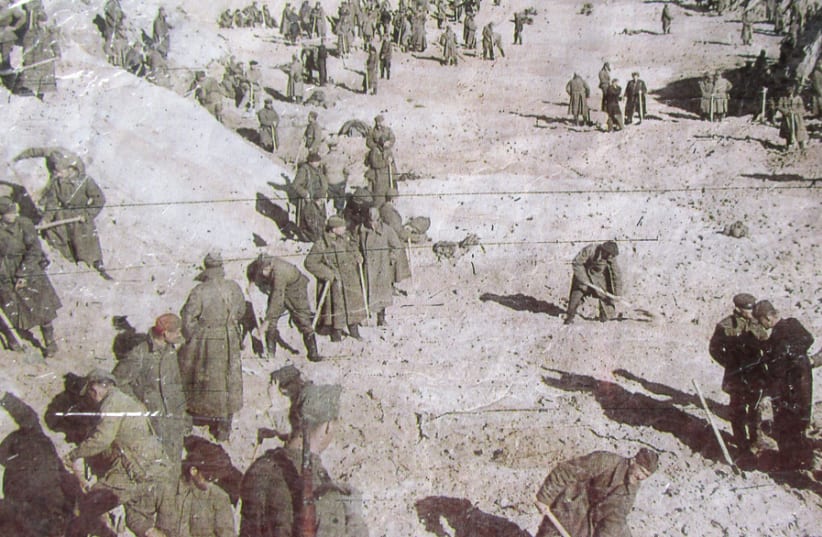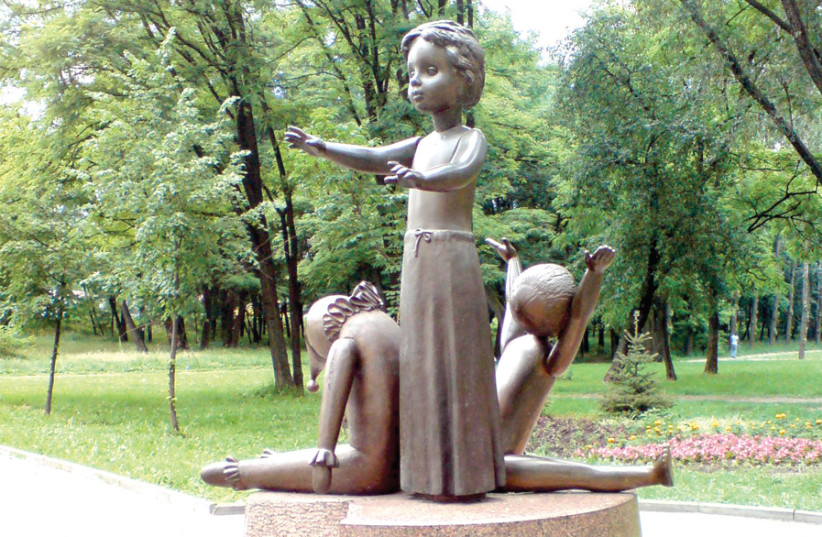On September 29-30, 1941, the Nazis gunned down nearly 34,000 Jews in Babyn Yar in what would later be considered the first massacre of the Jews in the Holocaust.
Babyn Yar is located near Kyiv, which the Nazis took control of on September 19, 1941. A few days later, there was a big explosion at the German command post that killed many German soldiers. The Nazis blamed the explosion on the Jews, intensifying their hate, so when the SS troops entered Kyiv, the city's Jews were immediately marked for destruction.
Between September 29 and 30, nearly 34,000 Jewish men, women and children were marched to the ravine of Babi Yar, stripped and machine-gunned into a mass grave, which was immediately covered, burying some of the victims alive.
The grave was filled with thousands of more bodies over the next two years. The total is unclear, but at least 100,000 people were murdered at Babyn Yar over two years. The victims were primarily Jewish, but they also included communists, Soviet prisoners of war and Roma people.
When the German army retreated from the Soviet Union, the Nazis tried to hide the evidence of the massacres that took place at Babyn Yar. They used prisoners to help pile bodies in pyres and burn them, and when they were done, they killed the prisoners. 15 Prisoners were able to escape and tell the truth about Babyn Yar.
Despite the tragedy that occurred at Babyn Yar, it took the Soviet Union 25 years to acknowledge the massacre. After trying unsuccessfully to build a sports stadium over the mass grave in 1961, the Soviet Union constructed a small obelisk to stand at the site.
In 1974, a 15-meter memorial statue was erected, but still, there was no hint to the fact that Jews had been murdered at Babyn Yar as the identification of the victims was vague and did not mention the word 'Jew'.
Only in 1991, 50 years after the massacre, when Ukraine declared independence, was the identity of the victims properly recorded on the memorial, recognizing the massacre of Jews at the site.
After the war ended, certain Nazis were tried in what is known as the Nuremberg Trial, and on September 30, 1946, exactly five years after the Babyn Yar massacre, 12 Nazis were sentenced to death or prison.

